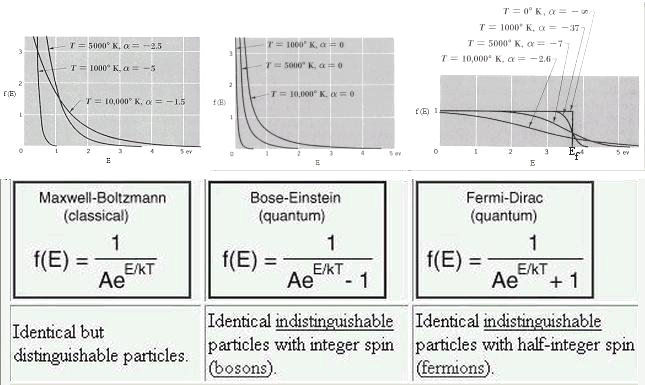BE Problem
I am currently working on modelling the density of states and optical conductivity of graphene utilizing the GW algorithm. In calculating the exchange self energy of the system, the formula I am currently using is
$$f(w,T) = \frac{1}{e^{\frac{\omega}{T}}-1}$$
where the planck constant and the boltzmann constant $k$ is set to 1. To conservative bosonic particles, such as the core of helium-4, then it is believed to form a Bose-Einstein Condensate. I am dealing with the non-conservative bosonic particles, such as photons and phonons.
What would happen if I set the temperature $T$ equals to zero for the non-conservative bosons? My advisor believes that there would be no Bose-Einstein Condensate because the boson can pop in and out of the system. Is this true? If it is, what happens to the bosonic particles at the--or at least near--zero temperature?
Update and Edit
I've consulted my adviser and my colleagues, and this is the result. In no way that this is the solution, but it is one step further nonetheless. I've made a model of the BE distribution and it follows similarly to the image in the middle:

(source: universe-review.ca)
What I did is vary T = 1 K, 0.1 K, and 0.01 K in Scidavis (a numerical software on linux, if you are wondering). As the T decreases, the graph gets steeper and steeper; analytically, inserting T = 0 in the formula would equal to infinity. This of course, is the puzzling question.
Since I am required to put this in my calculation, my adviser suggested that at T = 0 the distribution equals to 0, where we assumed that the photons disappear after being absorbed by the electrons.
Why does this matter so much? Because I am now calculating the self energy of the system and the final formula requires a Hilbert transform integration from -inf to +inf. If there are anyone working on this problem or something similar, this would really help.
